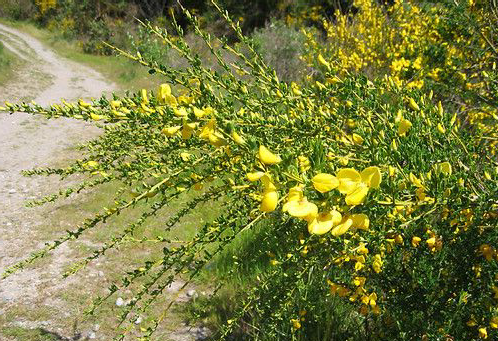Does Thinning Banner Forest Increase or Decrease Forest Floor Moisture
- Sunnie Merritt

- Aug 31
- 3 min read
Banner Forest, our lush 636-acre retreat in Kitsap County, thrives as a cool, moist haven for hikers, bikers, mushrooms, and wildlife. Its dense canopy of Douglas firs, cedars, and hemlocks keeps the forest floor damp and vibrant. But Kitsap County’s plan to use selective thinning—cutting certain trees to reduce density—has sparked debate. The county claims thinning will increase forest floor moisture, but many of you wonder if that holds up. Spoiler: it doesn’t. Let’s break it down simply and explain why proforestation (also called passive management) is better for keeping Banner Forest’s floor moist and thriving.

Thinning Dries Out the Forest Floor
The county’s claim that thinning increases moisture likely stems from ideas that apply to dry, fire-prone forests (like in Eastern Washington), where opening the canopy can let more rain reach the ground. But in Banner Forest’s wet, coastal climate, the opposite happens. Here’s why thinning decreases forest floor moisture:
- More Sun, Less Shade: Banner’s thick canopy blocks sunlight, keeping the forest floor cool and moist. Thinning opens the canopy, letting sunlight and wind dry out soils, mosses, and ferns. A 2018 Pacific Northwest study found that thinning in coastal forests reduced soil moisture by up to 20% in summer due to increased evaporation.
- Disrupted Water Cycle: The dense canopy traps moisture from fog and rain, a key feature in Western Washington’s humid climate. Thinning reduces this “fog drip” effect, drying the understory. Research on coastal Douglas fir forests shows canopy loss cuts moisture retention significantly.
- Soil Compaction: Thinning uses heavy equipment, which compacts soil and reduces its ability to hold water. This harms moisture-loving fungi and plants, as seen in studies of logged Pacific Northwest forests.
- Weed Invasion: Thinning invites fast-growing, thirsty weeds like Scotch broom, which suck up soil moisture, leaving less for native plants and mushrooms.

Right now, Banner’s shaded, undisturbed floor is “quite moist and thriving,” as you’ve observed. That’s because the canopy naturally maintains a damp, cool microclimate—perfect for ferns, fungi, and wildlife.
Proforestation Keeps the Forest Floor Moist
Proforestation, or passive management, means letting Banner Forest grow naturally without cutting trees. This hands-off approach preserves the moist forest floor you love:
Dense Canopy Protection: A full canopy shades the ground, reducing evaporation and keeping soils damp year-round, especially during dry summer spells.
Fog and Rain Capture: The thick tree cover grabs moisture from Kitsap’s frequent fog and rain, dripping it to the forest floor. This keeps plants and fungi hydrated without human help.
Healthy Soil: Passive management avoids soil disturbance, letting fungi and roots maintain a spongy, water-retaining forest floor.
Cost-Free and Natural: Proforestation requires no equipment or upkeep, saving county funds while preserving Banner’s moist, thriving ecosystem.

Why the County’s Claim Doesn’t Add Up
The county’s argument that thinning increases moisture might apply in arid regions where rain is rare, and a thinner canopy lets more precipitation hit the ground. But in Banner Forest’s wet, foggy climate, rain already reaches the soil, and the canopy’s shade is what keeps it from drying out. Thinning disrupts this natural balance, as seen in regional studies (e.g., Washington Conservation Action, 2021), which show coastal forests lose moisture post-thinning due to sun exposure and wind.
Keep Banner’s Forest Floor Thriving
Banner’s current canopy keeps the forest floor cool, moist, and alive. Thinning risks drying it out, harming fungi, plants, and wildlife. By choosing proforestation and passive management, we protect the damp, vibrant ecosystem we cherish while saving costs and boosting carbon storage. Share your thoughts at savebannerforest@gmail.com to keep Banner Forest lush and thriving!
.png)






















I don't know how many people have seen the sinkhole that is just off Lizard Kings trail, toward the south end. No matter what time of year it's seen, there is water in it, and it's no more than a foot or so below ground level.